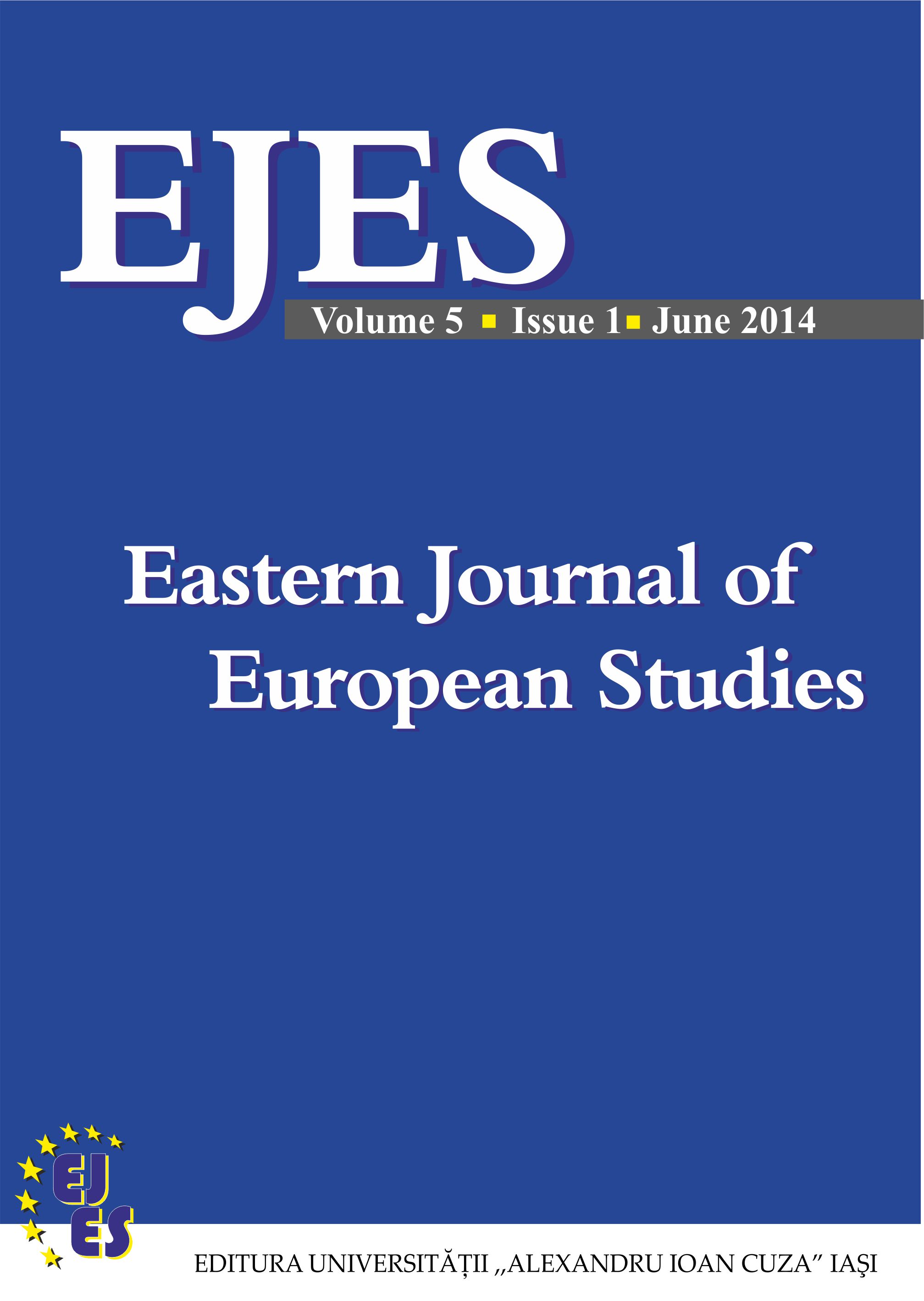The instability of the European Union? A quantitative approach
The instability of the European Union? A quantitative approach
Author(s): Silviu Petru GRECU, Diana MărgăritSubject(s): Politics / Political Sciences
Published by: Editura Universităţii »Alexandru Ioan Cuza« din Iaşi
Keywords: European Union; Nobel Peace Prize; peace; human development; democracy;
Summary/Abstract: 2012 was the year when the European Union (EU) has received the Nobel Peace Prize, an honored and prestigious distinction. The aim of this article is not to analyze the reason which led the Norwegian Parliament to award it, but its possible influence on the future evolution of the EU. This statement is understood as the starting point of our hypothesis that the EU has developed at such a level that nothing could undermine it. Our research consists in confirming this hypothesis from a quantitative approach that will measure the twenty-seven EU member-states, from 2007 until 2012, and their representation according to six variables (indices). Peace represents the dependent variable, while global partnership, human development, rule of law, civil rights, and democracy play the role of independent variables. Because the fact that determined us to write this paper was the Nobel Prize distinction awarded to the EU, the main point of our research is peace and its correlation with the other five elements. The results prove that the most relevant connection is found between peace and human development, even though the other ones are not to be neglected either. The interpretation of the results therefore focuses on peace and human development, democracy and civil rights from a theoretical point of view. In the end, peace in the EU is the result of twenty-seven members’ efforts and its efficiency is real only to those states that are under its umbrella.
Journal: Eastern Journal of European Studies
- Issue Year: 5/2014
- Issue No: 1
- Page Range: 21-37
- Page Count: 17
- Language: English

